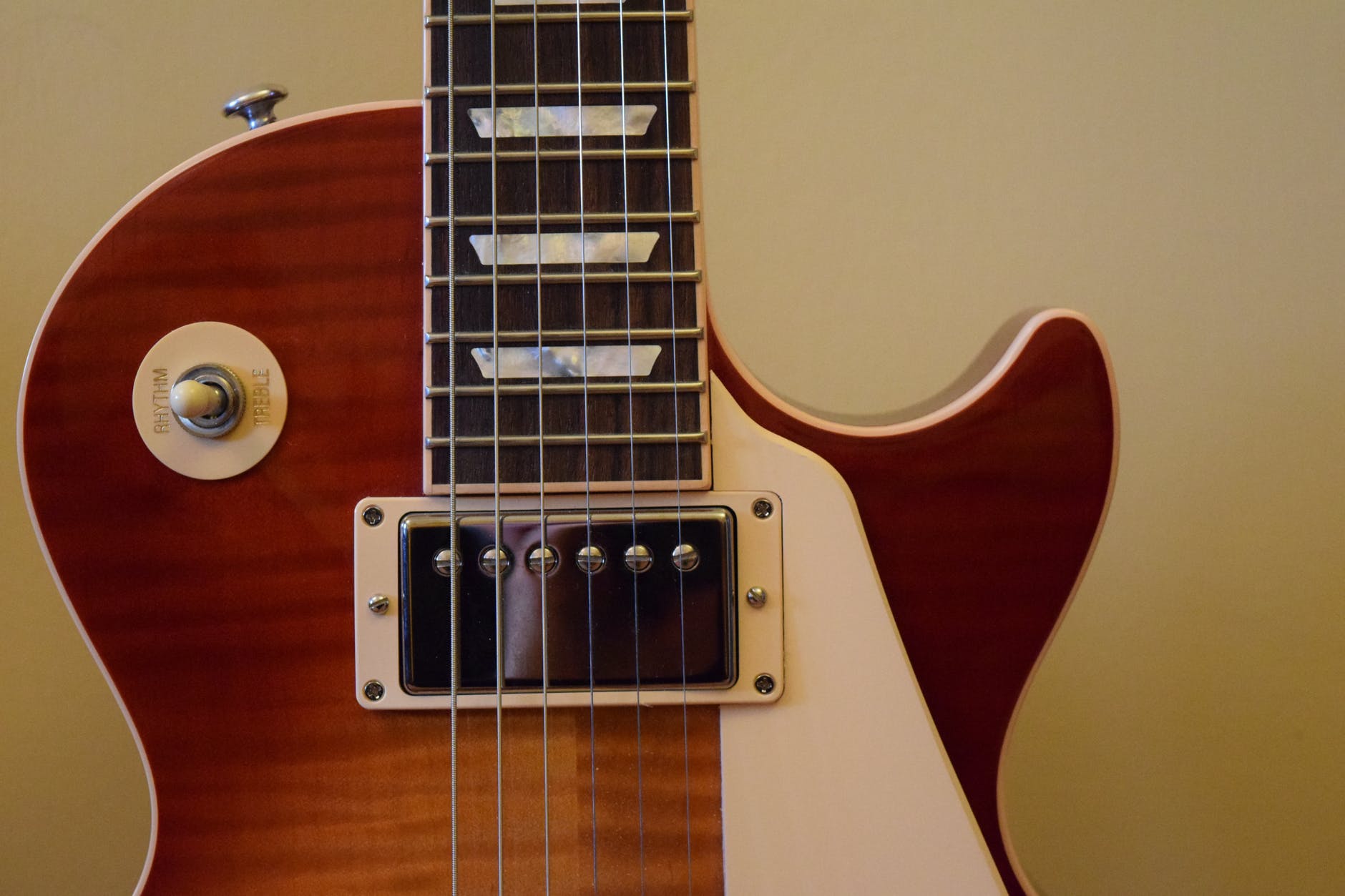How to get better at improvising guitar
Improvising: Ways to break out of the box!
Over the last few years I’ve had the opportunity to do a lot of improvising at my gigs. This has been an amazing opportunity to release my creative side and I’ve definitely milked every chance for an over-indulged solo! However, I have found recently that having so much creative freedom can actually result in constraining it. You can end up stuck in the same phrases, getting comfortable with your ‘go to’ licks and inevitably getting tired of your own solos. So I tasked myself with figuring out how to break out of this solo rut, and here is what I found…
Breaking out of the box

As a guitarist that grew up listening to a lot of metal and studying the likes of Joe Satriani, Paul Gilbert, Steve Vai and crew at university, I have spent a lot of time learning scales and ridiculously fast licks, hammering in pentatonic’s to a metronome and endlessly chugging through modes. I found this incredibly useful over time and a great way to learn the fretboard, but it is easy to get stuck in these shapes and start to rely on them.
By breaking out of the box, I mean leaving the safety of scale positions and trying to play more fluidly, thinking carefully about note choice and melody. Try thinking of your solo lines as a vocal melody, something that tells a story and leads the song, as opposed to a sequence of licks and scales. You want your solo to be memorable and singable, the best solos are the ones that stick in your mind. As you practice this and get used to composing melodies as you play, then try adding some of your impressive scale shredding in-between your melodic ideas. This works really well for leading in more melodic phrases and for building intensity, which can be the cherry on top.
Rhythm
In my opinion, rhythm is as important as the notes you choose, if not more so. This is the way we latch our playing to the song, create groove and structure our solo. So by really variating the rhythms we choose throughout our solo, we can start to create more interesting lines. There are a few useful and fun ways I’ve been using to do this!
Practicing over lots of different tempos has been a great way to prepare for all different kinds of solo scenarios. There’s nothing worse than soloing over a beat that is too fast for your licks and not being able to keep up, or too slow and being unable to lock into it. By consistently playing at varied tempos you will start to understand how to really work with different grooves and what kind of lines are suitable at different speeds. This will make your playing much more consistent.
Practicing over drum beats is a really effective way of tightening up your playing and learning how to communicate with other musicians. Really focus on what the drummer is doing, listen to his hi-hat pattern and where he is placing his kick and snare. By locking in with his pattern and using accents to highlight the beat, the whole feel of the song will benefit. If you don’t know any drummers, you can do this with any of the many jam along backing tracks on the internet.
Focus your practice!
I know, it sounds obvious… but REALLY focus your practice. The best way to improve your playing is to constantly analyse what your doing and identify how you can make it better. Try starting your practice by writing down exactly what it is that you want to work on in that session. If you’re the kind of person who likes to be super organised, set yourself a time limit for each topic, the added deadline will help you make the most of the time. However, don’t forget to give yourself a break too! I am guilty myself of picking up my guitar and losing hours at a time, but taking a break rests your hands and more importantly your ears. It will help you progress more quickly if you’re not fatigued while you’re playing.
Another technique I’ve found invaluable is recording myself while I play. Listening back to yourself gives you extra perspective on how your playing is sounding and an impression of what people will be hearing when you’re shredding out. This way you can check your tone, identify bits you want to try again and hear everything you missed while you were in the moment. You don’t need to have a recording setup to do this either, using your phone or laptop webcam can work just as well.
Try not to emulate other people too much
Every guitarist has their favourite artists. The ones who we will spend hours and hours trying to sound like by playing their solos and learning their riffs. But this in itself can make our own soloing sound familiar and sometimes, even cliché! Sometimes songs are begging for a bluesy B.B King inspired solo or some pentatonic whaling from the likes of Slash, but I think its important to put your own stamp on it. These guys are iconic because they all found their own individual style of playing and you should too. Trust your instincts more, find and write your own licks and ideas in a style that suits your playing. Not only will this make your playing sound unique, it will give you a way of creating your own melodies instead of being stuck around other peoples.
Confidence is key…
and I think this is the crux of it. It’s easy to get comfortable with what you know. Using tried and tested patterns and familiar melodies is a good way to feel safe that you are going to nail the solo. But the main thing I have found, is that practicing all of the things above has given me the confidence to push the boundaries, which has made my playing a lot more intentional, creative and thoughtful. I found this to be a common phase that a lot of guitarists go through and can be a hard one to break out of, but with focused practice and some confidence the results can be rewarding!

